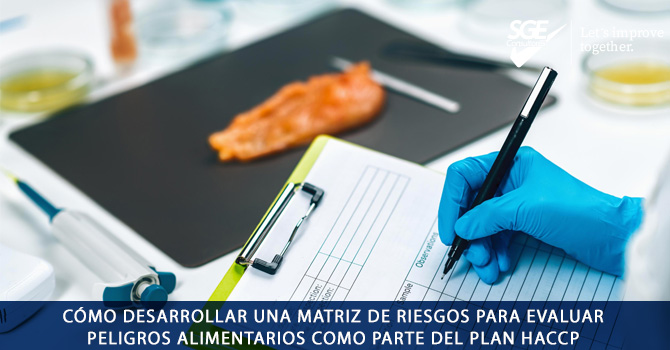
The Hazard Analysis and Critical Control Points (HACCP) system is a food safety tool whose main priority is the prevention of food hazards in finished products. It involves the identification, evaluation, prioritization, and establishment of preventive measures for each hazard identified in the unitary operations of the processes.
A food hazard is one that, if present in food, causes adverse effects on the health of consumers, and can be: physical, chemical, and microbiological.
Within the evaluation of food hazards, various methodologies can be applied. However, one of the most used is through risk matrices or tables in which two factors are rated:
• Probability of occurrence of the hazard, which refers to how frequently the hazard occurs in the process.
• Gravity or severity, which implies the description of the adverse effects of the hazards in case of being ingested by consumers.
A rating scale is established for both factors and the result of their multiplication as a risk which determines the significance or priority of each hazard in process activities.
SGE Consultores, understanding the importance of assessing food hazards in the HACCP plan, will hold the course "How to develop a risk matrix to assess food hazards as part of the HACCP plan" on January 23 and 24, with a duration of 8 hours.
For more information, contact ventas@sge-consultores.com, by phone (506) 2225 16 35, or WhatsApp (506) 70934209
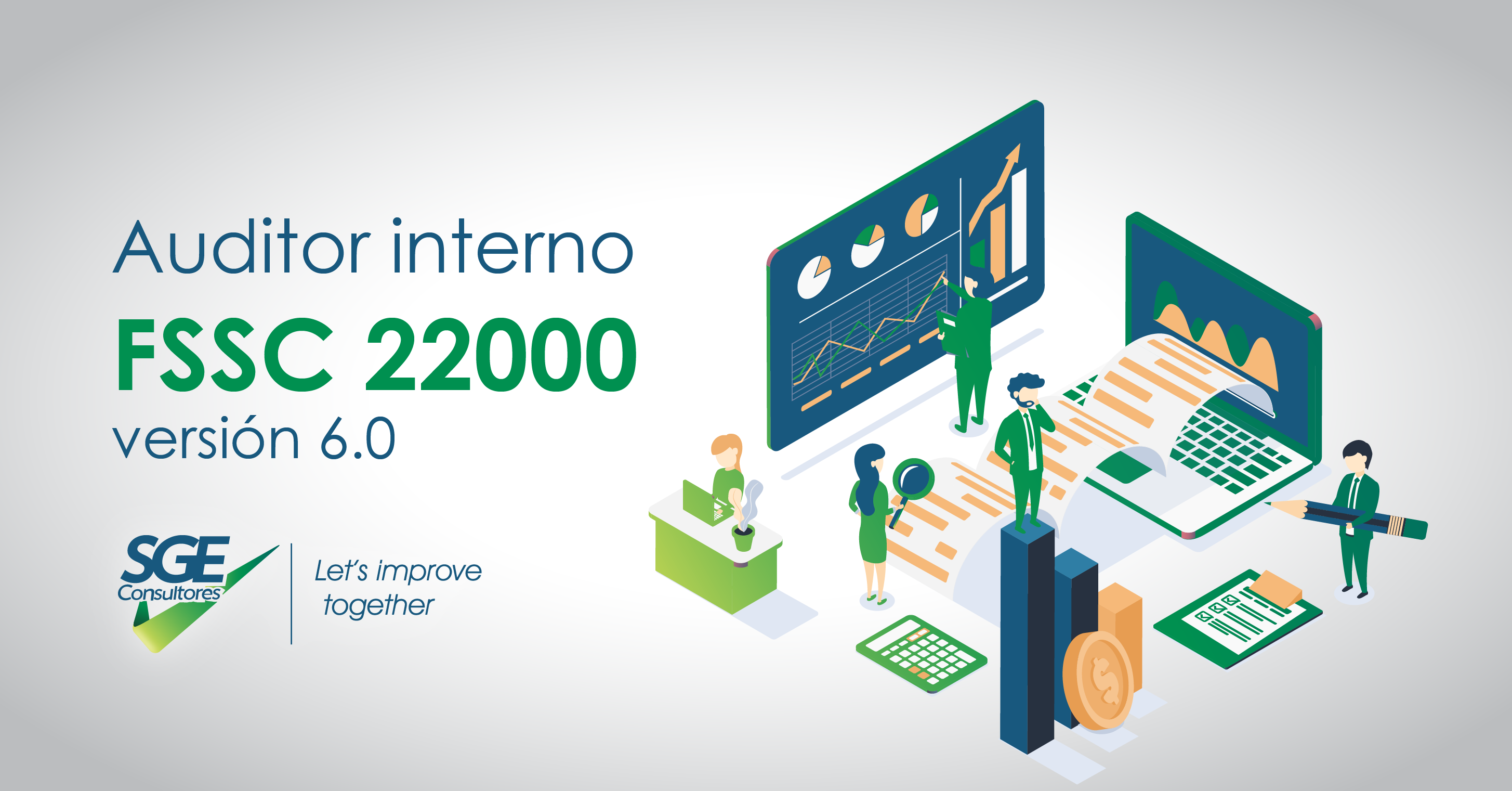
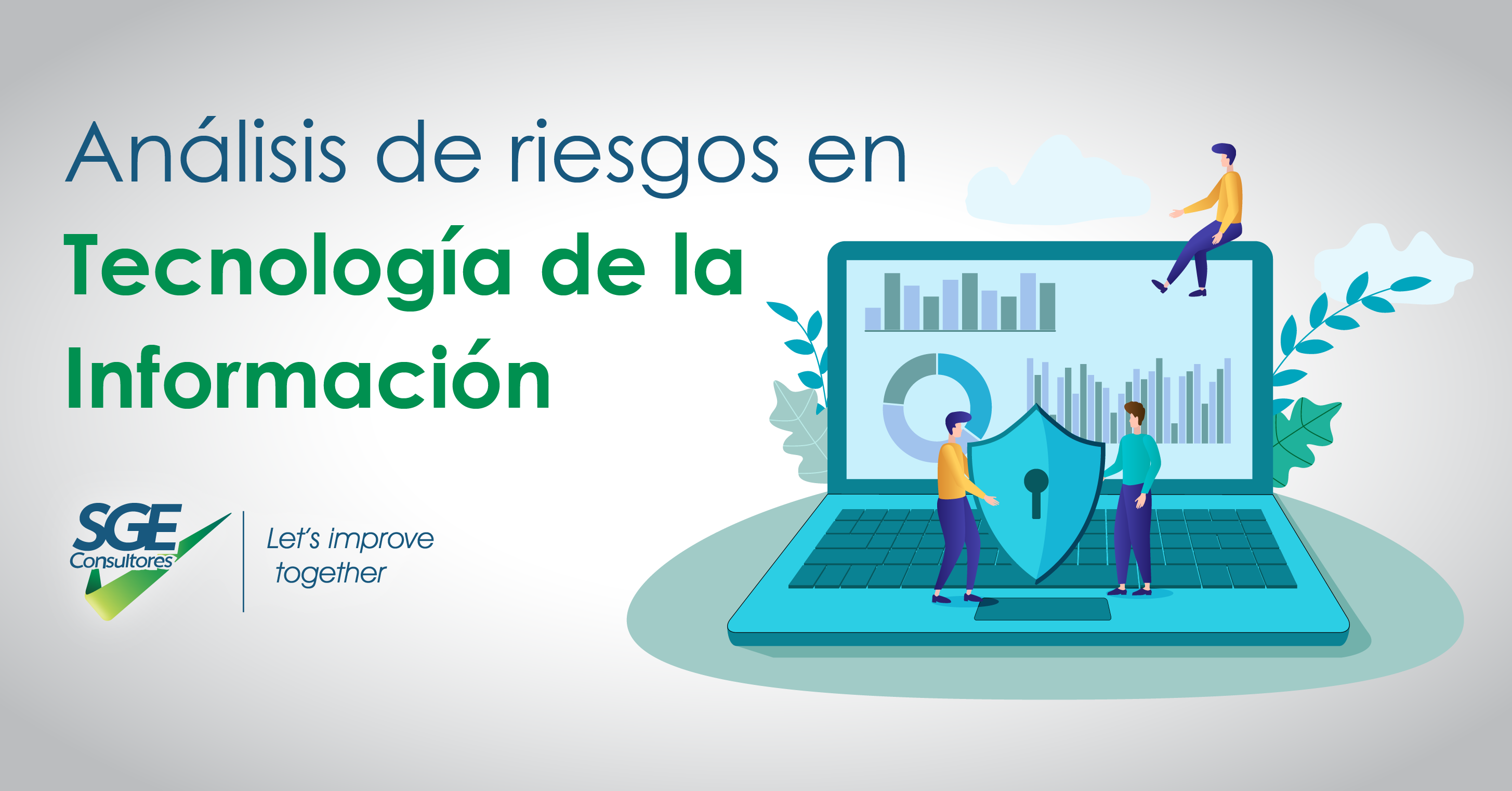
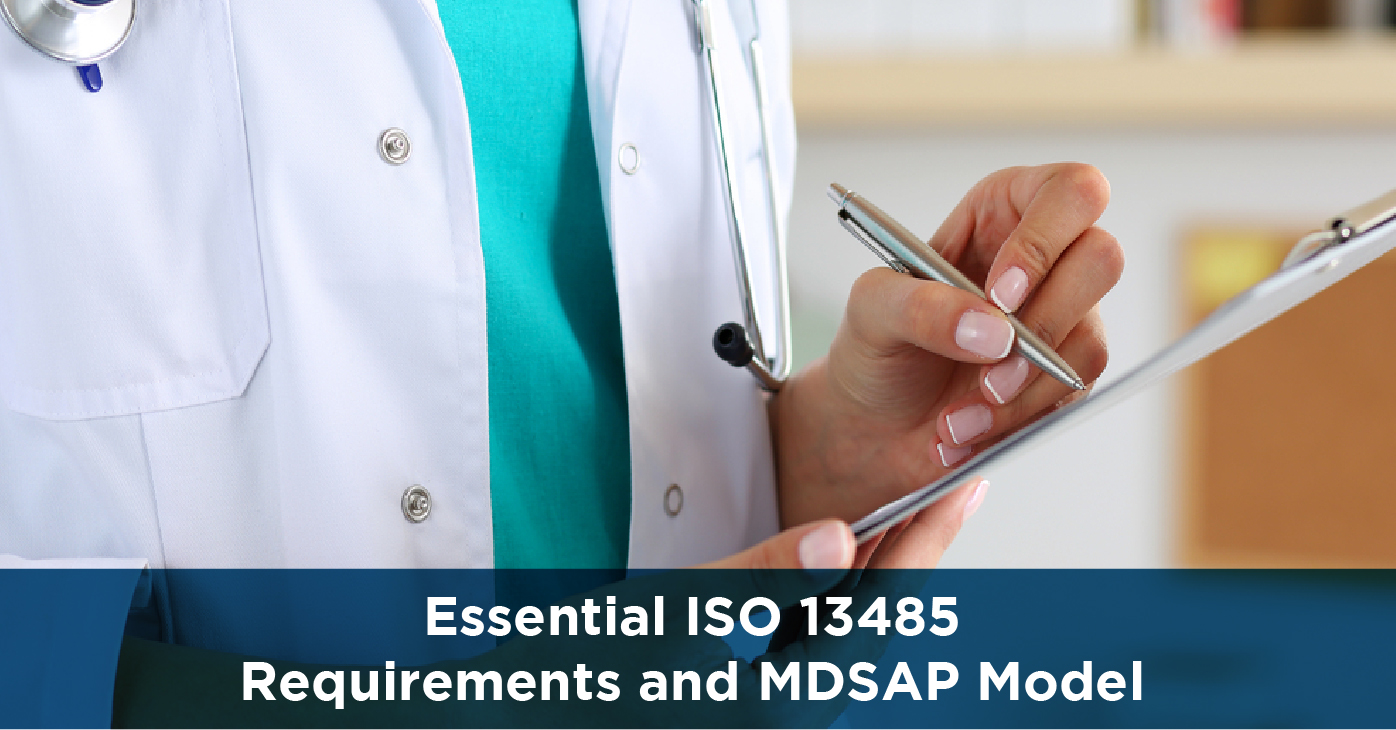
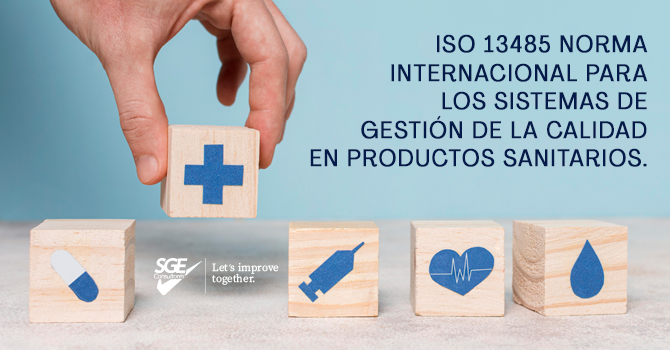

0 comments